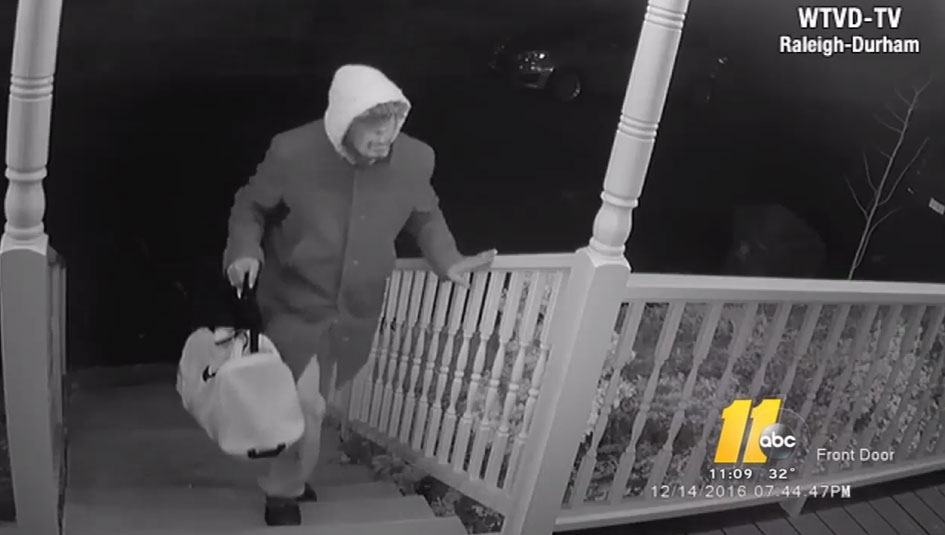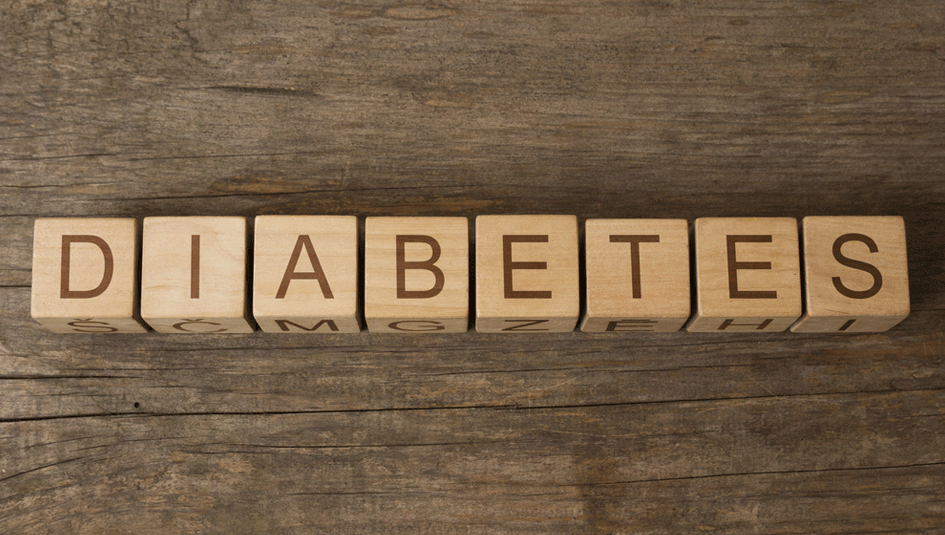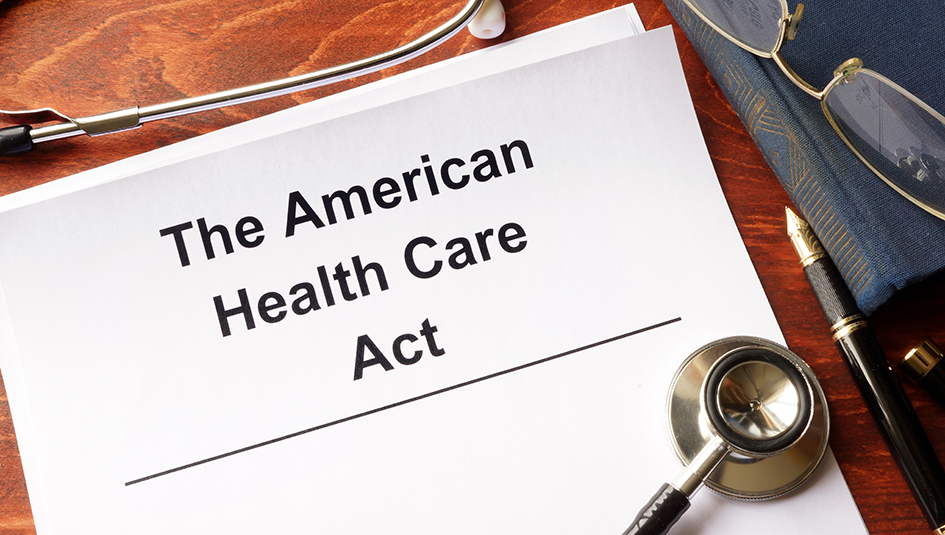An Inaugural Type 1 Hospital Stay in Nepal
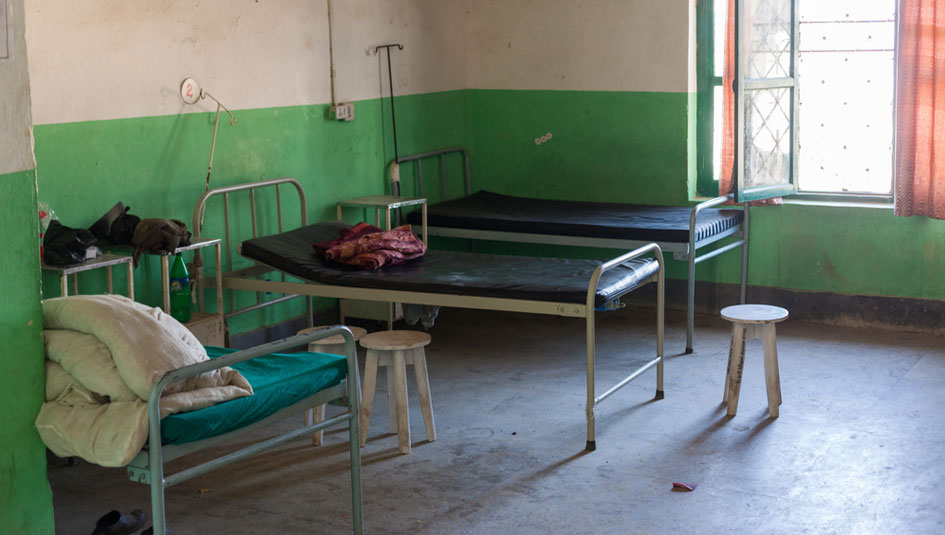
Reporter Oren Liebermann discovered he had Type 1 diabetes during a year-long trip around the world. In this edited excerpt from his book, The Insulin Express, Liebermann is too sick to travel home, so he seeks treatment for newly diagnosed Type 1 diabetes in a hospital in Nepal.
We walk straight into the emergency room at what looks from the outside like a large, modern medical center. Inside the emergency room, blood stains the floor. There is no heater here, so even though the daytime temperature is quite warm, it’s freezing inside the hospital. The least repugnant and most pleasant object in the room to stare at is the ceiling, so I keep my concentration focused straight up as I wait for medical attention.
Read the first part of this series of excerpts, “In the Himalayas with Undiagnosed Type 1 Diabetes”.
The doctors run every conceivable test on me over the next two hours. At every test, I am pushed to the front of the line. As all the Nepalis wait their turn, I am tested immediately because the hospital knows I have money. The battery of tests costs a total of four thousand Nepali rupees—forty dollars. I am brought to the room in the special ward of the hospital that will be my world until I am discharged. As we come to learn, “special” means “foreigner.” The Nepalis stay in the general ward, which is a fancy term for “lobby”.
We have two beds. I take the one by the window; Cassie takes the bed by the door. The hospital has no WiFi, so Cassie has to run out to email my parents that I’m in the hospital. And since our room is freezing cold, she goes to pick up our sleeping bags. They got us through a Himalayas trek; they’ll get us through a few nights in a hospital.
Read “A Sick Stranger in a Strange Land,” about another Type 1-related hospital stay on the road.
A nurse immediately sticks an IV on the back of my right hand, between my middle and ring fingers, and starts pumping fluids into me. In my first 48 hours in the hospital, I gain about 15 pounds.
We see the first doctor fairly quickly. He is maybe in his early forties and dressed fairly casually, as if my admittance to the hospital disrupted his other plans for the day. He is accompanied by a team of med students, all wearing lab coats, and they are using me as a lesson. For my
entire stay in the hospital, every time I see a doctor, med students follow him—here the doctor is always a him—plucking up kernels of advice that fall from the mother hen.
He explains my situation and treatment to me, but there is only one question that interests me.
“How long will I be in the hospital?”
“We need to flush the ketones and maybe 24 hours after that. So maybe two days.”
For the first time in a long time, I feel optimistic. This stretch of feeling weak and awful has an end in sight, and I will be on my way home soon.
“What do I eat?”
“Oh, do not worry. We have a diabetic menu we will bring you.”
“Thank you doctor. Thank you very much.”
Then a nurse arrives and hands Cassie a list of supplies to buy. In Nepal, you pay for everything up front, including supplies, medicines, and tests. Then you bring your supplies to the nurse, and the nurse administers the medicines. Cassie is sent on a scavenger hunt throughout the hospital complex to find the medical supplies store, the pharmacy, and the payment window, none of which are located near each other.
Then, after she finishes those errands, she has to go to the cafeteria to buy me food, since it’s not served to patients here. The food consists of the same vegetable curry and rice that we’ve eaten since arriving in Nepal, only now it’s served in little plastic bags instead of on plates. They’re reluctant to give Cassie a tray with my food since they fear she may not return it after I finish eating.
The first night in the hospital is the only night that qualifies as not bad. We have a room with a TV, so we watch whatever Olympic sport is coming in on the sports channels. I catch up on curling, downhill skiing, and a random assortment of other winter events. The nurses wake me up every two hours to take my vitals, which means I barely sleep, but I don’t mind too much. I am on the mend, and that means more to me than a few hours of rest. I sleep with most of my body enclosed in the warmth of my mummy bag; only my right arm is outside so I don’t risk unhooking my IV.
We settle into our own little routine for a couple of days. Neither of us is particularly worried about my health at this point. I have diabetes, and I am in a hospital. Certainly I’m no expert, but I’m pretty sure no one has died of newly diagnosed diabetes while still at the hospital.
We quickly realize that the only thing that happens quickly here is us realizing that nothing happens quickly here. They draw blood each morning to test my blood sugar, but I don’t learn the results until late in the afternoon, which is like a nurse taking your temperature at breakfast but not finding out what the thermometer said until dinner. Same thing for a ketone test. They ask for a urine sample the second they walk in every morning, but I don’t find out anything about my ketone levels for another eight hours.
The doubts about the quality of medical care I’m receiving creep their way into my mind on the third day in the hospital. I should be leaving today. All of the doctors predicted I would be on my way home by now, but we keep hearing the same answer every time we ask about leaving.
“We need to stabilize your blood sugar levels and flush the ketones. That will take another twenty-four to forty-eight hours. Then we will be ready to discharge you.”
The doctors say it as if they’re reading off a cue card. Meanwhile, every doctor back in the States has said I shouldn’t be in the hospital more than two or three days. It doesn’t take that long to regulate blood sugar and clear the system of ketones.
On top of that, I still haven’t gotten the diabetic menu I’m supposed to be eating, so Cassie and I guess at what I should be eating and how much of it to eat. We are very much the blind leading the blind. My blood sugars are still in the mid to high 200s, and I feel helpless.
Mark, the missionary doctor in Kathmandu we happen to know through Cassie’s church, recommends a Western clinic there, and he promises good care and warm beds, two things that seem to be in very short supply at this hospital that has become my prison these last few days.
We expect a fight in the morning when we tell the doctors about our plans to leave. Instead, they tell me that I’m well enough to go and that I’m barely producing any ketones any more. They tell me I’m healthy. My bullshit alarm goes off, but I keep quiet as we discuss my time in the hospital.
“Have you been eating the food we recommend for diabetics?”
“No. I never got the diabetic menu.”
“Okay, we will make sure that you get that immediately.”
“Doctor, don’t I need some way of testing my blood sugar on the way home?”
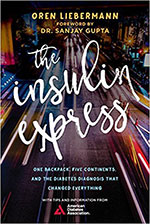 “No, you do not need to test your blood sugar. You will be fine,” he says in a way that somehow introduces more doubt than comfort.
“No, you do not need to test your blood sugar. You will be fine,” he says in a way that somehow introduces more doubt than comfort.
You can read the more on Oren’s diagnosis story here.
This excerpt has been edited for length.
You can purchase The Insulin Express from Amazon here or Barnes and Noble here.
Image: e2dan / Shutterstock.com
Thanks for reading this Insulin Nation article. Want more Type 1 news? Subscribe here.
Have Type 2 diabetes or know someone who does? Try Type 2 Nation, our sister publication.


